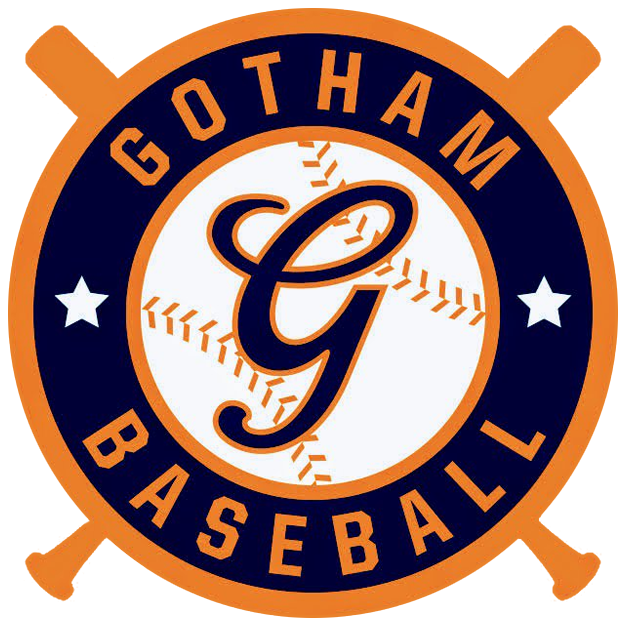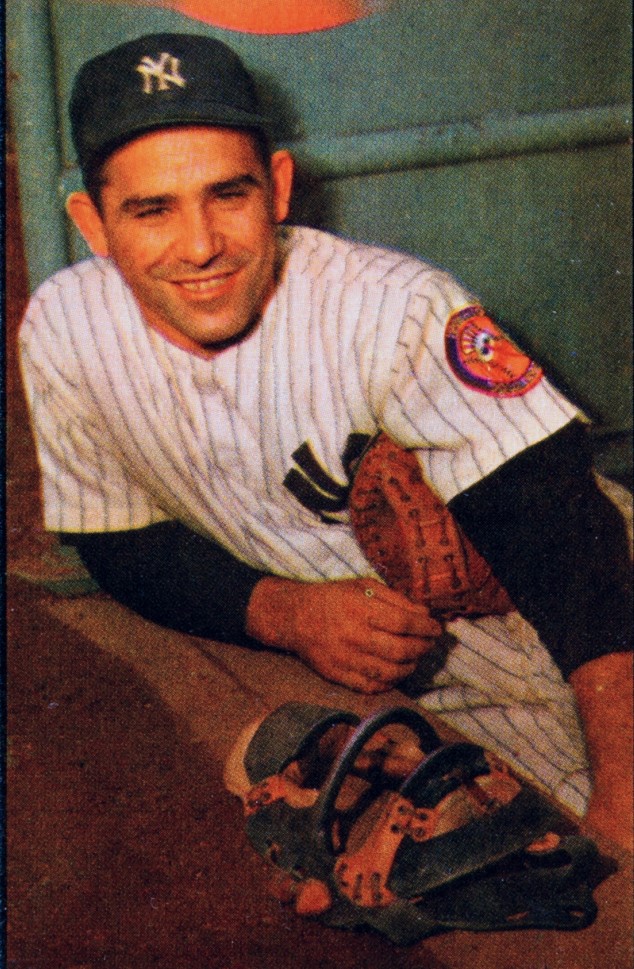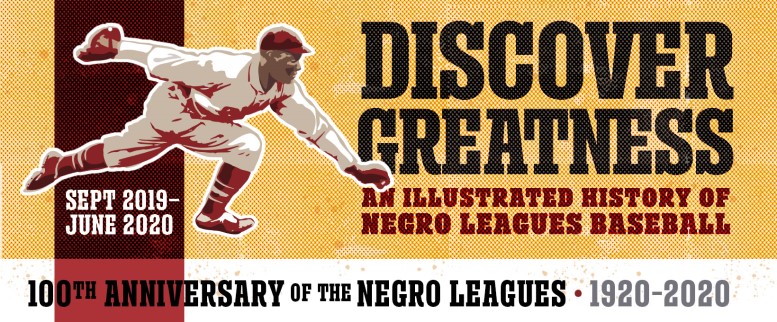For Jon Pessah, author of the new biography, Yogi: A Life Behind the Mask (Little, Brown and Company, 576 pps., $30.00), the challenge of writing about someone as well-known and well-documented, who lived as full a life as did Lawrence Peter Berra, boiled down to stories about the Hall of Famer. Not that there is any dearth of them; rather, many seemed to have more than one version.
“Figuring out which was the real story was the real challenge,” Pessah told Gotham Baseball this week. “It seemed there were two or three versions of Yogi stories. And there were times when the second and third were told by Yogi himself.”
Pessah, whose own Yankee fandom, like many before and since, was “passed down” to him by his father, who had watched Yogi along with the likes of Joe DiMaggio, Mickey Mantle and Whitey Ford in their primes, discussed the Yogi phenomenon, some of the best sources of those stories, and what made him add to the Berra bookshelf with perhaps the most definitive biography of the slugger.
 Gotham Baseball: There are several Yogi Berra biographies and other books focusing on him out there. What made you want to write this one? What new is there to say?
Gotham Baseball: There are several Yogi Berra biographies and other books focusing on him out there. What made you want to write this one? What new is there to say?
Jon Pessah: There are always more stories and more to find out. In my career as an editor and writer, I always thought there was a different angle or more information to learn, even about the biggest stories. I think people think they know Yogi Berra, but there is a lot more to him. My first experience with Yogi, when I was young and became a fan, he was 35 years old and a part-time outfielder, but my dad said that he had been the best player, that you had to have seen him. So I knew there was more, and by talking to a wide range of people I’d find them. I wanted to bring a fresh approach on someone so in the public eye.
GB: What do you think made Yogi so endearing and enduring, maybe more than any other baseball player of his time?
JP: DiMaggio and Mantle got a lot of the attention, but when you look at, Yogi was the star of his time. He took over batting fourth when that was really meaningful. I think a big part of what made him so appealing was that he was a naturally happy person, he treated people the way he would want to be treated, he didn’t think he was better than anyone and people really responded to that. Ron Guidry told me that at Old Timer’s Days, DiMaggio, Mantle they were all there, but all the players, anyone in the clubhouse, they all gravitated right to Yogi.
GB: In addition to Guidry, who were some of the best interview sources for you, to learn new information about Yogi?
 JP: Guidry was great, especially on Yogi’s time as a manager, since he played for him in that full year [1984] and a partial year [1985]. Yogi was a hands-off guy; he figured that if guys were in the major leagues, they would know how to conduct themselves as professionals.
JP: Guidry was great, especially on Yogi’s time as a manager, since he played for him in that full year [1984] and a partial year [1985]. Yogi was a hands-off guy; he figured that if guys were in the major leagues, they would know how to conduct themselves as professionals.
Another great one was Ralph Terry. He was kind of a “dirty word” for Yankees fans [after he gave up the winning home run to Bill Mazeroski to end the 1960 World Series], but people forget he came back with a shutout a couple of years later against that great San Francisco Giants team. We spoke for a long time and he gave me great stuff. Al Downing, from the same era and a little later, was great, too.
And for Yogi’s personal life there were two very important people; one was his sister-in-law [wife Carmen‘s youngest sister] Bonnie Morse. I spent a full day with her, she went through photo albums, told me stories about the great love between Carmen and Yogi. She’s in her nineties and still recalls many things from 70 or more years ago! She said when she and Carmen double dated, the lights would come on in the theater and Yogi would be scrunching down, he didn’t want to be seen.
The other was Rose Cali, who was close with Yogi and Carmen, in the inner circle for a long while, and was the driving force behind getting the Yogi Berra Museum up and running. She was an essential person in starting the museum and learning center, which was an important part for Yogi. He used to come to the classrooms and listen. He never listened in school, so this was so important to him. Ro was important for information about his last 20 or so years.
Then there is Dave Kaplan, who ran the Center and became a close confidant of Yogi’s. He was vital also.
And for his early life, there were three Italian guys back in The Hill, where he grew up, in St. Louis, they recalled the way of life back then, and had Yogi stories too and lots of photos of Yogi growing up.
 GB: Why do you think Yogi’s parents allowed him to pursue his baseball career while pretty much denying that to his older brothers?
GB: Why do you think Yogi’s parents allowed him to pursue his baseball career while pretty much denying that to his older brothers?
JP: The Depression had ended, and even though he had a younger sister, he was the baby of the family among the boys, so that helped. His brothers were all practically men when he was a teen, they had been working to earn money for the house. And they gave in this time.
GB: How different do you think Yogi’s story would be if the Cardinals or (egad!) Browns had ponied up the $500 (!) to sign him after the St. Louis tryout? How much did playing and living in N.Y. make him so famous?
JP: The Browns completely messed up. They figured if the Cardinals didn’t want him he was not any good. But the irony is they moved to Baltimore so he would have ended up on the east coast anyway, though not New York. The Cardinals, well, if Branch Rickey signs him, he probably doesn’t become a catcher, and he doesn’t get the nickname ‘Yogi,’ and he’s probably a great player, probably a Hall of Fame outfielder named Larry Berra. We’d know him, but he became a big star when TV came along, and I don’t think he would have in St. Louis. Or the endorsements. New York is where all of that was.
GB: What is your favorite Yogi-ism and why?
JP: I have two. The first is “I didn’t really say everything I said.” Because it’s true, a lot of what is attributed to him, like “no one goes there anymore, it’s too crowded,” has earlier roots. The other is “When you come to a fork in the road, take it.” It’s just so joyous.


